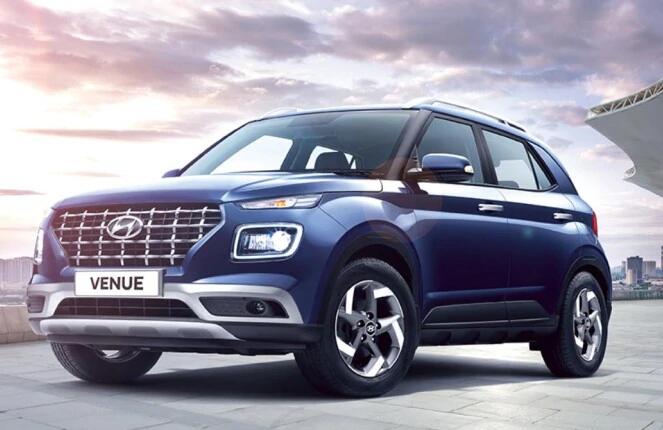
Hyundai Motor Group ( HMG ) announces the development of the first Intelligent Cruise Control based on Machine Learning (SCC-ML). It is a technology that determines and incorporates driving patterns in its autonomous driving program. So it offers a personalized experience to the driver.
This technology, planned to be implemented in future Hyundai and Kia vehicles, uses artificial intelligence (AI) as part of the Advanced Driver Assistance System (ADAS) function. While this last resource maintains a speed determined by the driver and preserves the distance of the vehicle that rolls forward, the system automatically learns the patterns and driving habits of the person at the wheel.
This way is how the system works: first, the sensors, the front camera, and the radar collect management information permanently and send it to the central unit, where relevant details are processed and determined to identify the patterns. This whole process is carried out with an AI technology called machine learning algorithm.

Such patterns consider three aspects: distance of vehicles traveling in front, speed to accelerate, and responsiveness of the driver to driving conditions. Similarly, the driving and speed variables also take into account.
For example, the system learns that during urban driving, a shorter distance must maintain with the preceding vehicle, but that it must be greater when driving in the fast lane. Considering the diversity of conditions, the analysis of the SCC-ML allows distinguishing more than 10 thousand patterns, so the flexible technology of its Intelligent Cruise Control allows it to adapt to the patterns of any driver.
The driving pattern information is updated permanently so that you can determine the driving style at any time. Finally, the system is programmed to avoid learning erratic or insecure patterns, thereby increasing reliability and safety.
